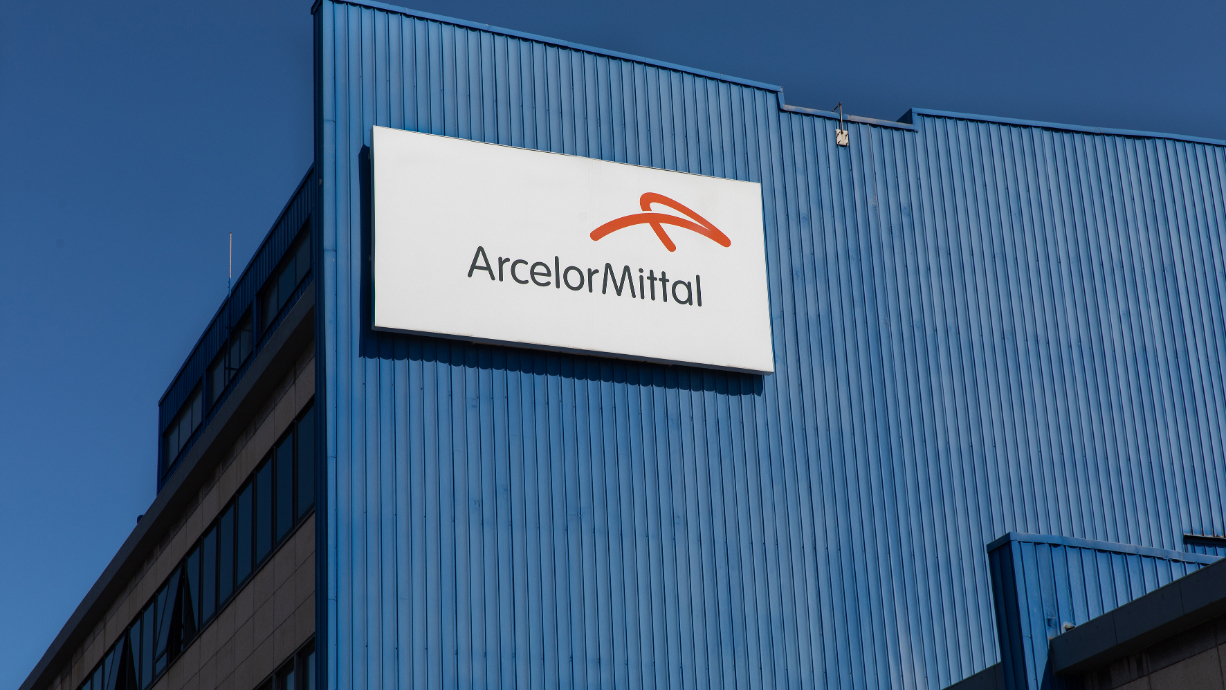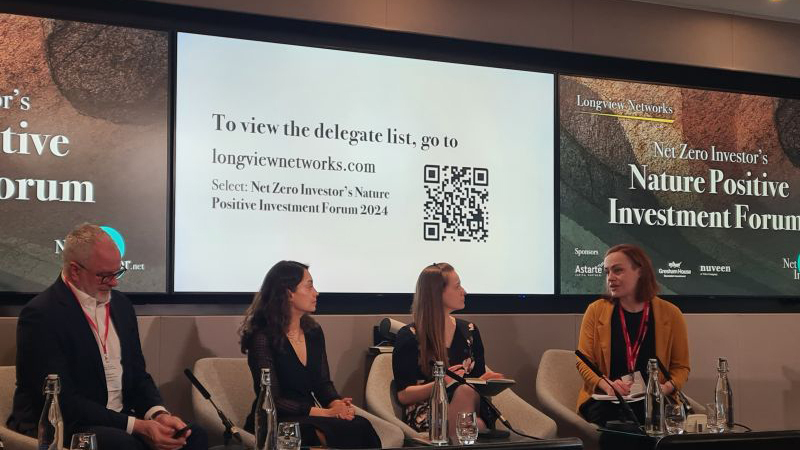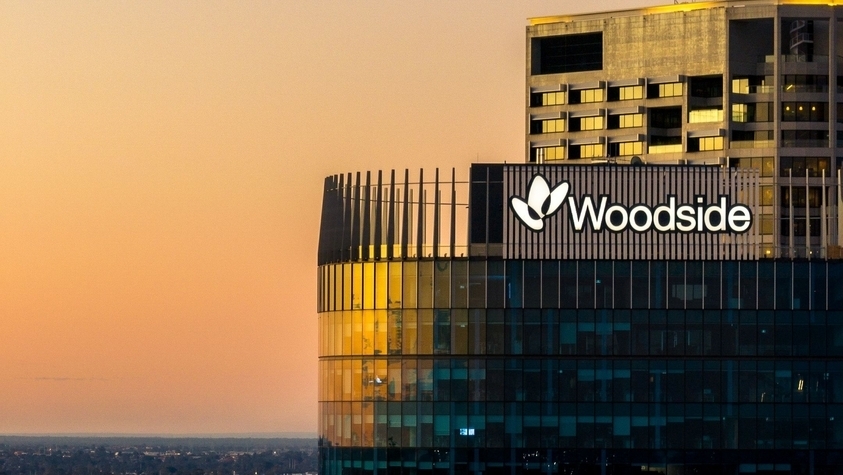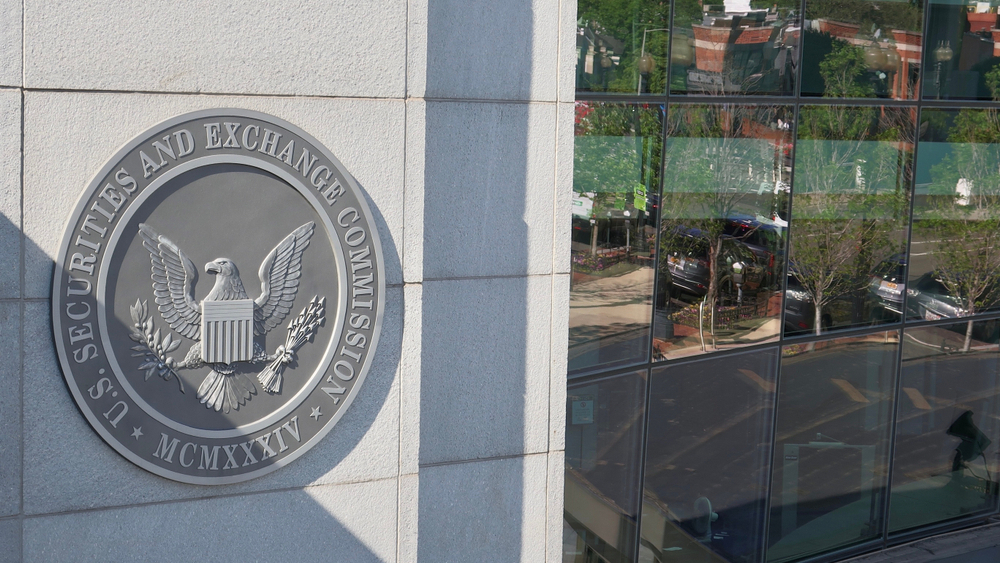
ArcelorMittal faces questions over ‘two-speed decarbonisation’
On its way towards net-zero, the Luxembourg-based multinational is accused of planning to develop ‘green steel’ in Europe, while building new blast furnaces in India
ArcelorMittal is taking “contrasting” approaches to decarbonisation in developed and emerging countries, the Institute for Energy Economics and Financial Analysis (IEEFA) has suggested in a new report, questioning the steel manufacturing giant’s ability to reach carbon neutrality by 2050.
“ArcelorMittal, the world’s second-largest steelmaker, appears to be planning a two-speed decarbonisation, with hydrogen-ready, direct-reduced iron technology (DRI) to be installed overwhelmingly in developed nations while building more coal-consuming blast furnaces in the developing Global South,” Simon Nicholas, IEEFA’s lead steel analyst, said in a statement.
In October, ArcelorMittal broke ground on a CAD1.8bn investment decarbonisation project as it seeks to transition its Dofasco plant in Ontario, Canada, to DRI-based steelmaking, which will help it decarbonise the ironmaking process.
“Replacing natural gas with ‘blue’ or ‘green’ hydrogen at the DRI stage achieves this, reducing the final emissions intensity of crude steel by 64% and 69% respectively,” an article published this week by TransitionZero’s head of data insights Seb Kennedy said.
Late last year, ArcelorMittal also signed a deal with carbon capture technology company Mitsubishi Heavy Industries Engineering (MHIENG) and inaugurated its flagship carbon capture and utilisation (CCU) project at its steel plant in Ghent, Belgium.
More recently, the Luxembourg-based firm invested USD 36 million in steel decarbonisation group Boston Metal.
But in India, one of the world's biggest emitters, ArcelorMittal has begun the construction of two new coal-fired blast furnaces at its Hazira plant, in Gujarat, for which it initially plans to expand capacity to about 15 million tonnes (Mt) by early 2026 as part of a joint venture with Nippon Steel of Japan – AM/NS India.
“We have been very clear about the fact that the journey to net zero for the steel industry will require more than one technology route,” a spokesperson for the company told Net Zero Investor in an email. “That is why we are progressing two technology routes – one utilising green hydrogen and the other carbon capture utilisation and storage – and developing a third, direct electrolysis.”
ArcelorMittal, the world’s second-largest steelmaker, appears to be planning a two-speed decarbonisation.
Two shades of green
For the IEEFA, however, “ArcelorMittal’s plans for more coal-based steelmaking in India contrasts markedly with its developments in Europe and Canada, where the company is planning a transition away from blast furnaces”.
“Adding new blast furnaces at Hazira will increase carbon emissions by approximately 2 tonnes per tonne of crude steel produced – that is, approximately 12 Mt of additional CO2e emissions after expansion if running at full capacity,” it warned.
AM/NS India, which also seeks to build an integrated steel plant with a 12 Mt per annum capacity in Kendrapara, is “acutely aware of the need to support the country’s growth and the responsibility to start a journey to net zero”, ArcelorMittal said, pointing out that the joint venture had developed a plan to cut its emissions intensity and was working on a 2030 target.
In a 2020 report, the International Energy Agency (IEA) forecast that India would increase its annual production volumes of steel by 2050 “by an amount equivalent to twice that of the European Union’s total production in 2019”.
ArcelorMittal explained that the new blast furnaces would have the potential to add on carbon capture and storage (CCS) as well as use hydrogen, leading to “a reasonable decrease in emissions”. “AM/NS India also has DRI-based capacity, which it can convert to green hydrogen as and when it becomes economically available,” its spokesperson said.
“Five million tonnes out of 14 million tonnes will have the potential of working on a very high H2 percentage,” it added, highlighting its $0.6bn investment in a 975 megawatts renewable energy project last March, which the firm anticipates supplying 20% of the electricity the Indian joint venture operations consume.
Yet, the group recognised that the industry was hard to abate, as the Science Based Target initiative (SBTi) has no final steel industry methodology. “ArcelorMittal has been part of the SBTi expert advisory group for the development of a sector specific methodology, which is expected only to be launched in May of this year.”
AM/NS India also has DRI-based capacity, which it can convert to green hydrogen.
A hard-to-abate sector
Citing a 2021 study by think tank E3G and the US Department of Energy’s Pacific Northwest National Laboratory, the IEEFA stated that nearly all blast furnaces without carbon capture utilisation and storage (CCUS) would need to be phased out by 2045 for the global steel sector to be in line with the 1.5°C trajectory.
“There are no full-scale CCUS facilities for blast furnace-based steelmaking operational anywhere in the world,” steel analyst at IEEFA Soroush Basirat explained, calling on investors to enquire about the compatibility of ArcelorMittal’s Indian expansion with its net-zero pledges at its next annual general meeting, on 2 May.
“We’ve observed an acceleration in hydrogen-ready DRI technology rollout recently that is leaving CCUS technology even further behind,” Nicholas added. Earlier this year, the Indian government approved around $2bn in incentives to promote domestic green hydrogen production and utilisation.
According to the IEEFA, none of ArcelorMittal’s technologies is being used at a sufficiently meaningful scale to achieve its climate goals. “There is a risk to the company that the ‘Smart Carbon’ pathway will be perceived as ‘greenwash’.”
“Steel is now widely recognised as a hard-to-abate industry,” the company’s spokesperson underlined. “Those who have taken the time to analyse the industry closely generally support the view that more than one technology will be required to take the industry to net zero.”
In its latest assessment, Climate Action 100+ showed that ArcelorMittal, which seeks to lower the carbon intensity of its steel for Scopes 1 and 2 emissions by 25% by 2030 and by 10% more for its European business, had failed to set a target for cutting emissions up to 2025 and had not committed to align its capital expenditure plans with the Paris Agreement’s cap in temperature rises.
“Economics alone will not determine how steel is decarbonised, nor how quickly,” Kennedy wrote for TransitionZero. “Scalability, technology readiness level, conversion complexity and other non-financial barriers mean there is no silver bullet.”




